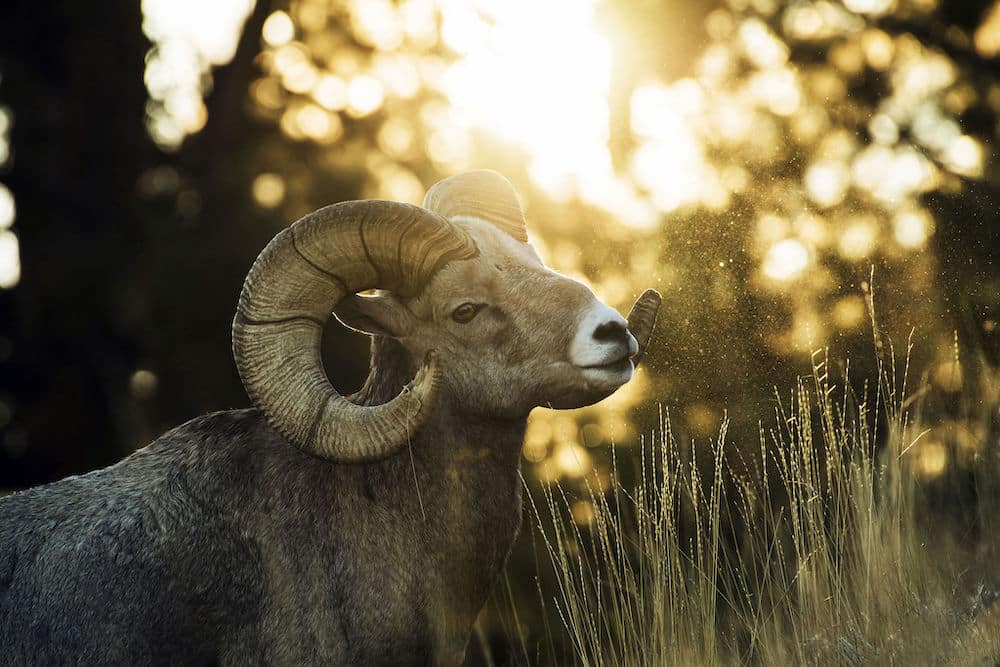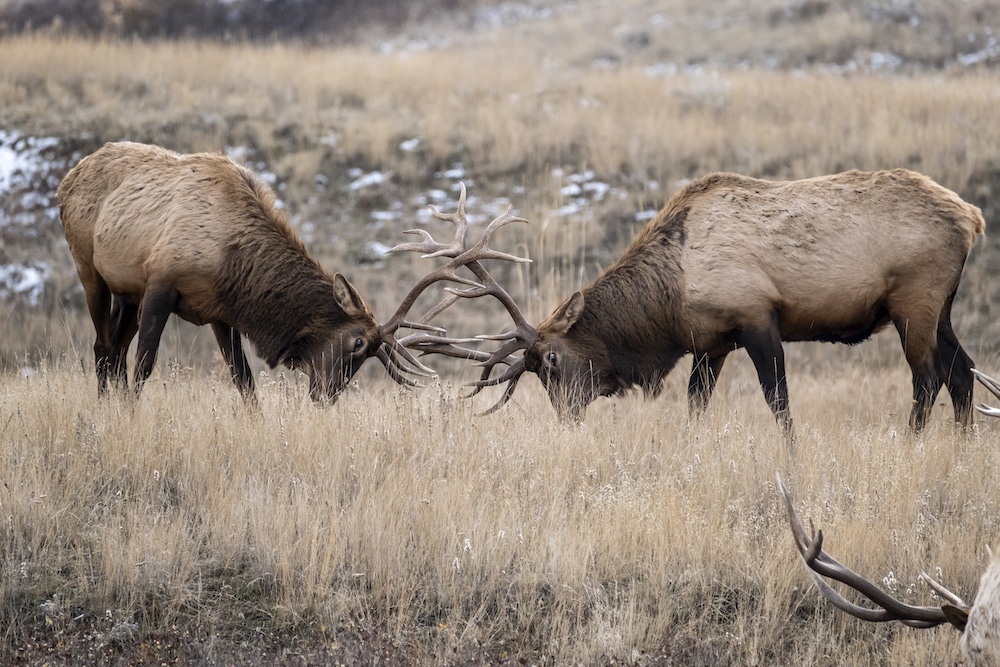The American West is home to iconic big-game country with plentiful opportunities for bowhunters who want to chase game and enjoy the rugged landscape. Since most hunting licenses out West aren’t available over the counter, an organized system of logging application deadlines, point requirements and more is critical. Ultimately, it’s crucial to create a short-, intermediate- and long-term plan to achieve your bowhunting goals.
Western big-game herds are scattered across vast landscapes and separated by mountain ranges, river valleys, state lines and more. This means game managers need to implement regulations specific to the areas where big-game animals live. For example, a season structure that works in one region may not work in another. Different regions are broken into management units, which allows fish and wildlife agencies to apply specific management practices to reach their goals within the region. Public-land availability and access, population density, and season dates can vary from one unit to the next. This information is readily available on state fish and wildlife agency websites. These can also provide contact information for area biologists, who have real-time information about prospective hunting spots.

Some states rely on preference points and some use a random draw for tags. Photo Credit: John Hafner
If you’re bowhunting on a budget, narrow your focus to three states that use different draw systems. It’s essential to understand how the various draw systems work and how they should affect your application strategy before you get started. Here’s a look at the most common options for obtaining a big-game license in a Western state:

Enjoy hunts as soon as you get the points. Photo Credit: John Hafner
As Randy Newberg says, “Don’t be a point collector — you’ll run out of health before you run out of money.” Newberg has spent about as much time hunting the West as anyone, and he advocates for hunters to burn their points as soon as they have enough to successfully draw a license. You’ll have more fun and learn a lot by taking advantage of every hunting opportunity that’s presented. On the contrary, you’ll miss opportunities to enjoy hunting camp with friends and family and won’t learn nearly as much by limiting your hunts to only the most top-tier tags.
You’ll want to apply for a random draw tag in a state where you’re on a level playing field with other bowhunters, but don’t overlook planning a hunt in a preference-point state that requires two to five years of points to obtain the license. Then, leverage an OTC tag as a fallback option to ensure you’ll be able to hunt regardless of the outcome of your random draw opportunity.
Don’t overlook digital resources when you’re planning your next Western adventure. GoHUNT is a comprehensive online resource that provides information about application deadlines and draw odds, and it even helps hunters understand public-land access and unit boundaries. Huntin’ Fool, a media company and community of dedicated Western hunters, provides application strategy services for members who want one-on-one advice for planning their next trip. Beyond contacting a biologist in your hunt area, this is a great tool for resourceful bowhunters.